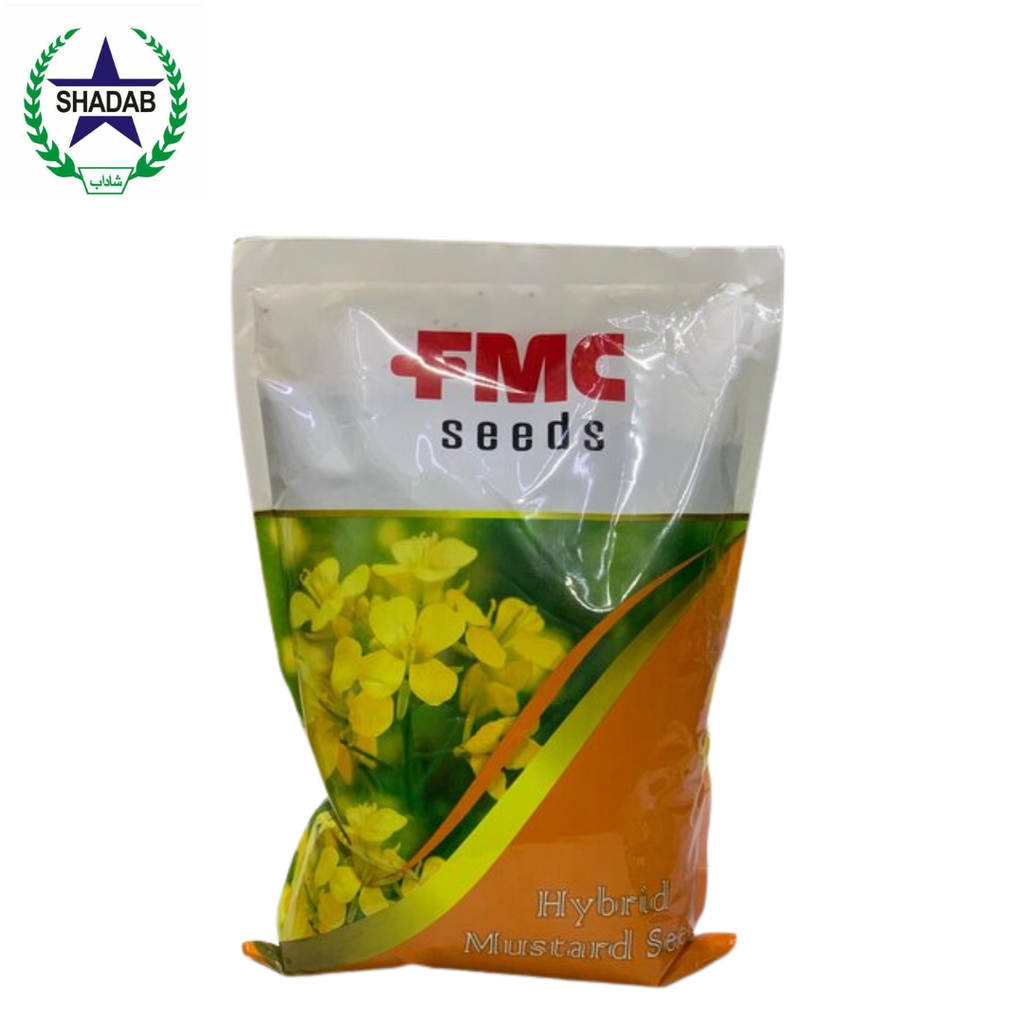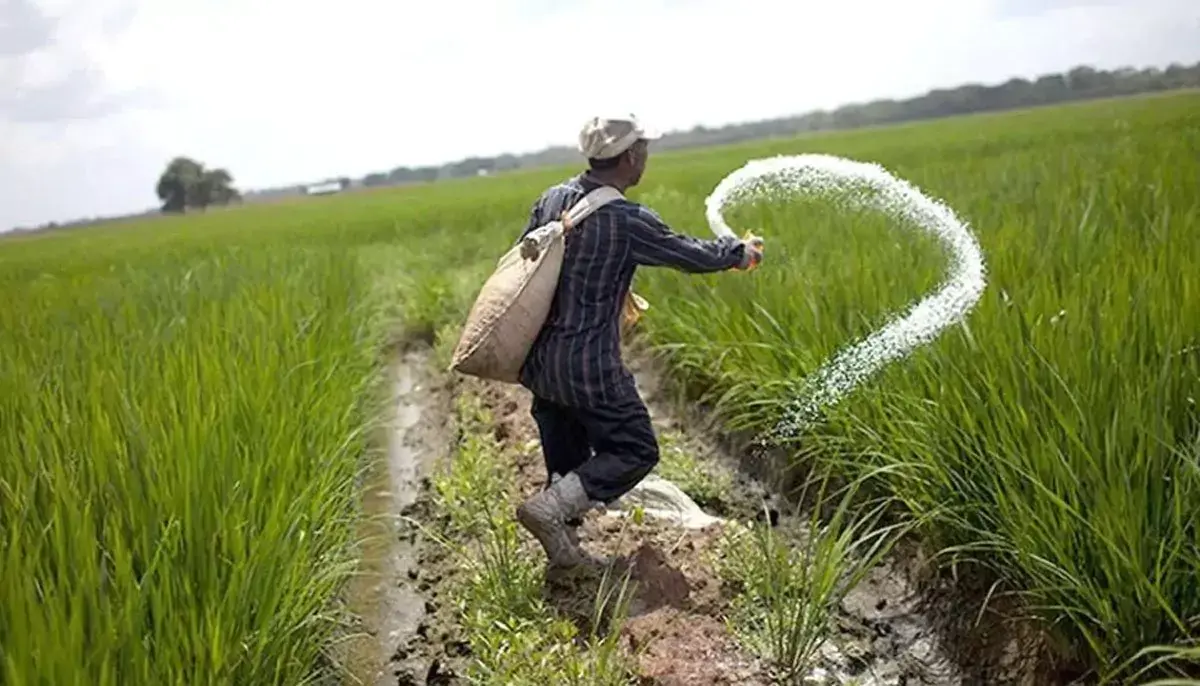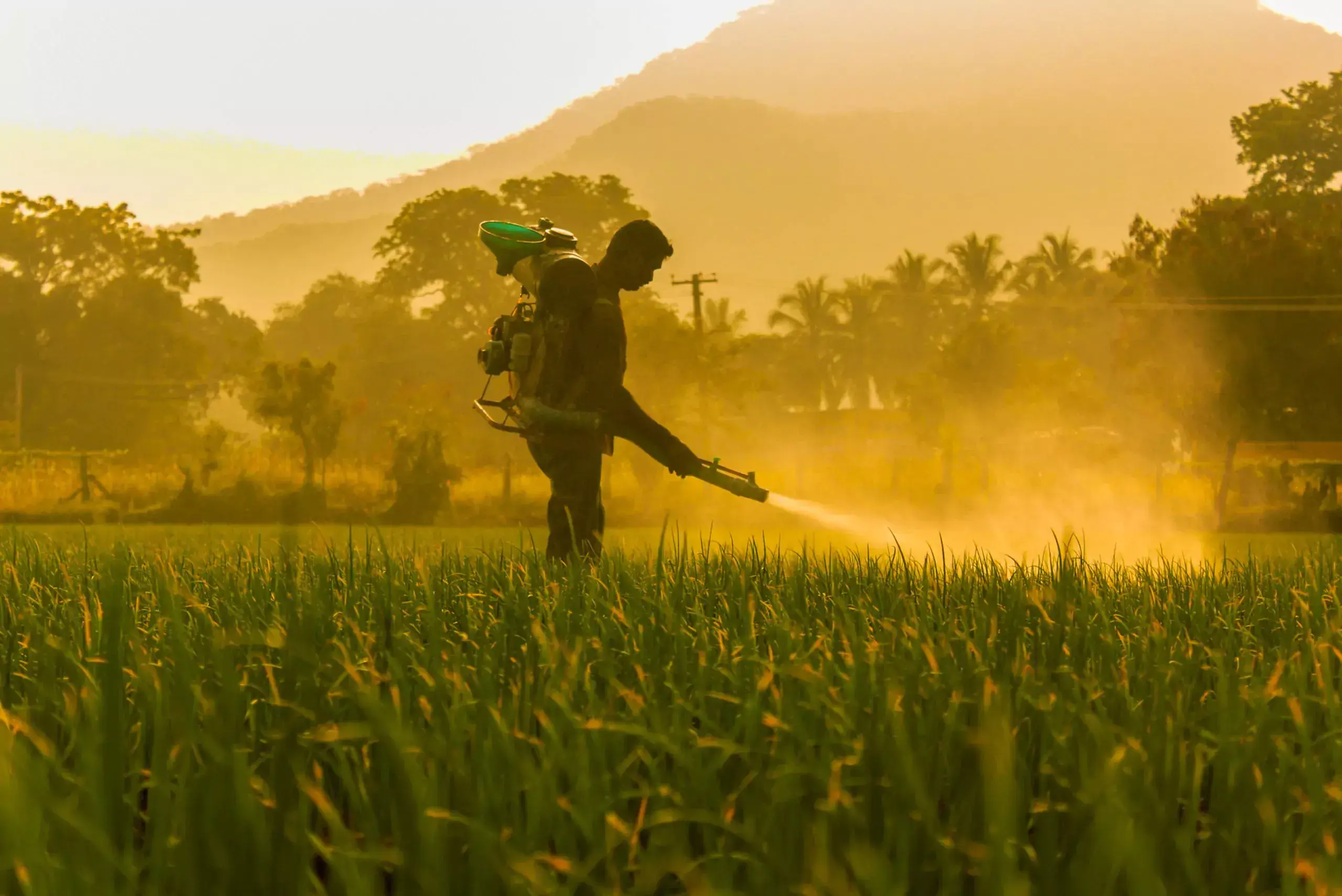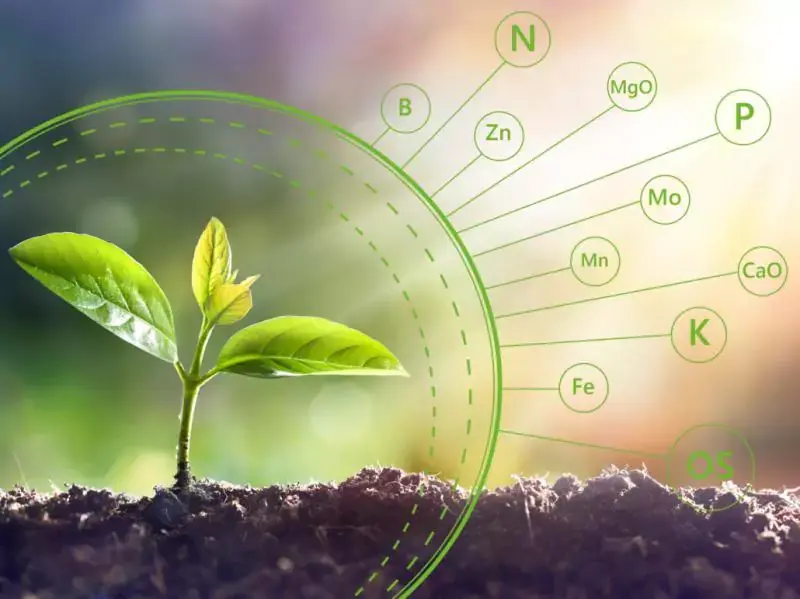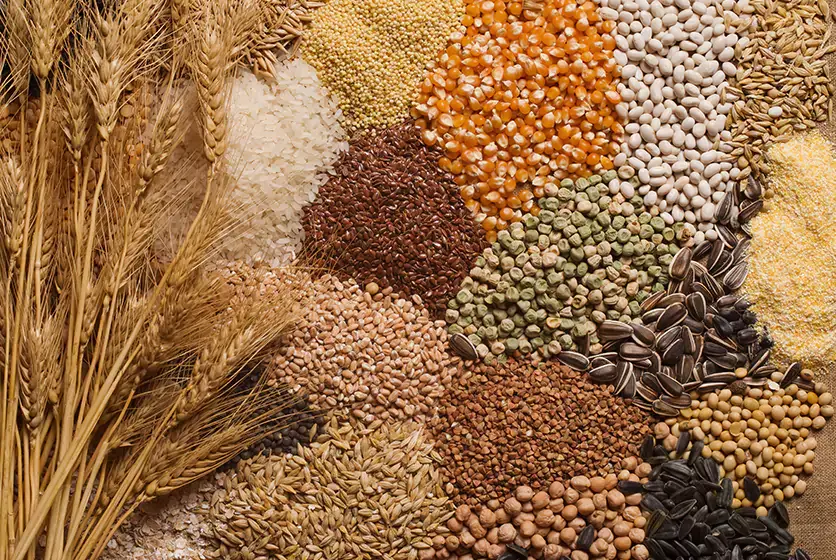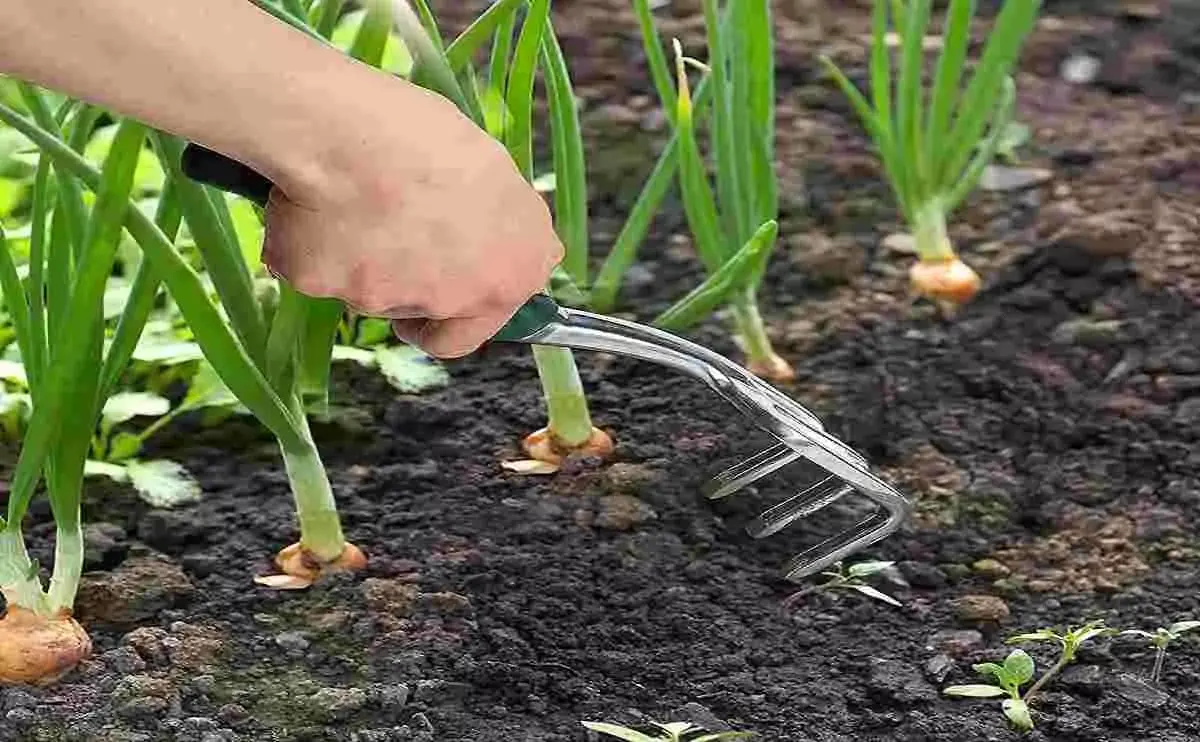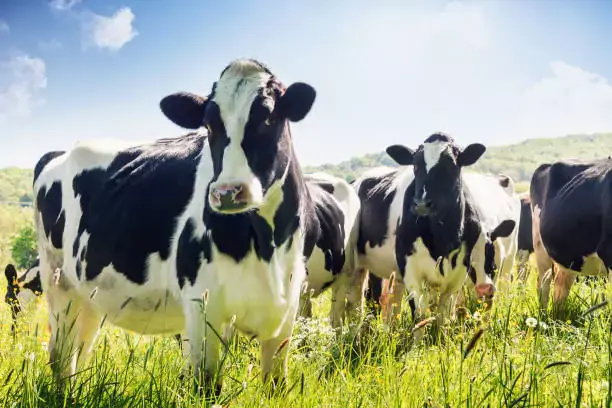سرسوں اور ریپسیڈ کی کاشت کے لیے موزوں موسمی حالات میں درجہ حرارت کی حد 22 سے 25 تک ہوتی ہے اور موسمی بارش 25 سے 40 سینٹی میٹر کے درمیان ہوتی ہے۔ بوائی کے لیے مثالی درجہ حرارت 20 اور 22 کے درمیان ہے، جب کہ کٹائی اس وقت ہونی چاہئے جب درجہ حرارت 28 سے 30 ° C تک پہنچ جائے۔ مٹی کی اقسام ان کی مناسبیت میں مختلف ہوتی ہیں۔ ہلکی سے بھاری مٹی سرسوں اور ریپسیڈ کے لیے موزوں ہے، جبکہ رایا کسی بھی قسم کی مٹی میں پھل پھول سکتی ہے۔ توریا لوم سے لے کر بھاری زمینوں کے لیے بہترین موزوں ہے، اور ریتلی سے لومی ریت والی مٹی تارامیرا کی فصلوں کے لیے بہترین ہے۔ اچھی انکرن کی شرح کو حاصل کرنے کے لیے زمین کی مؤثر تیاری بہت ضروری ہے، جس کے لیے ایک عمدہ بیج بستر بنانے کی ضرورت ہے۔ اس میں زمین کو دو سے تین بار ہل چلانا شامل ہے، اس کے بعد دو بار ہلانا، اور ہر ہل چلانے کے بعد تختہ لگانا ایک مضبوط، نم اور یکساں بیج کے بستر کو یقینی بنانے کے لیے جو بیج کے انکرن کو بھی فروغ دیتا ہے۔ سرسوں کی بوائی کی تجویز کردہ مدت ستمبر سے اکتوبر ہے، جبکہ توریا کی بوائی ستمبر کے پہلے پندرہ دن سے اکتوبر تک کی جانی چاہیے۔ افریقی سارسن اور تارامیرا کے لیے، بوائی پورے اکتوبر میں ہو سکتی ہے، اور رایا کو اکتوبر کے وسط سے نومبر کے آخر تک بویا جانا چاہیے۔ جب ریپسیڈ-سرسوں کو باہم کاشت کیا جاتا ہے، تو بوائی کا وقت اہم فصل کی کاشت پر منحصر ہوتا ہے۔ ریپسیڈ-سرسوں کے لیے تجویز کردہ فاصلہ قطاروں کے درمیان 30 سینٹی میٹر اور پودوں کے درمیان 10-15 سینٹی میٹر ہے، جب کہ گوبھی سارسن کے لیے پودوں کے درمیان قطار کا فاصلہ 45 سینٹی میٹر اور 10 سینٹی میٹر درکار ہے۔ بیج کو سیڈ ڈرل کا استعمال کرتے ہوئے 4 سے 5 سینٹی میٹر کی گہرائی میں بویا جانا چاہیے، انفرادی فصلوں کے لیے بیج کی شرح 1.5 کلوگرام فی ایکڑ ہے۔ بوائی کے تین ہفتے بعد پتلا ہونا چاہئے تاکہ صرف صحت مند پودے ہی برقرار رہیں، اور مٹی سے پیدا ہونے والے کیڑوں اور بیماریوں سے بچانے کے لیے تھیرم کے ساتھ 3 گرام فی کلو کی شرح سے بیج کا علاج کرنے کا مشورہ دیا جاتا ہے۔
Following soybean and palm oil, it stands as the third most significant oilseed in the world. Mustard seeds and their oil are primarily utilized for culinary applications, while the young leaves serve as a vegetable. Additionally, the oil cake derived from mustard is employed as feed for livestock.1. The climatic conditions suitable for the cultivation of mustard and rapeseed include a temperature range of 22°C to 25°C, with seasonal rainfall between 25 to 40 cm. The ideal temperature for sowing is between 20°C and 22°C, while harvesting should occur when temperatures reach 28°C to 30°C. Soil types vary in their suitability; light to heavy soils are appropriate for mustard and rapeseed, whereas Raya can thrive in any soil type. Toria is best suited for loam to heavy soils, and sandy to loamy sand soils are optimal for Taramira crops.Effective land preparation is crucial for achieving good germination rates, necessitating the creation of a fine seed bed. This involves ploughing the soil two to three times, followed by two harrowings, and planking after each ploughing to ensure a firm, moist, and uniform seed bed that promotes even seed germination. The recommended sowing period for mustard is from September to October, while toria should be sown from the first fortnight of September through October. For African sarson and Taramira, sowing can take place throughout October, and Raya should be sown from mid-October to the end of November. When rapeseed-mustard is intercropped, the sowing time is contingent upon the main crop's cultivation. The recommended spacing for rapeseed-mustard is 30 cm between rows and 10-15 cm between plants, while Gobhi sarson requires a row distance of 45 cm and 10 cm between plants. Seeds should be sown at a depth of 4 to 5 cm using a seed drill, with a seed rate of 1.5 kg per acre for individual crops. Thinning should occur three weeks post-sowing to retain only the healthiest seedlings, and seed treatment with Thiram at a rate of 3 grams per kg is advised to protect against soil-borne pests and diseases.
An address must be specified for a map to be embedded
Visit us:
Our office is open Monday – Sunday 8:30 a.m. – 6:30 p.m.
